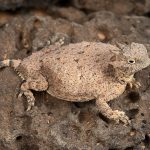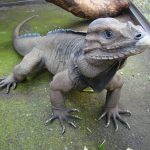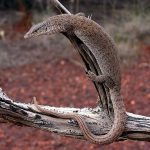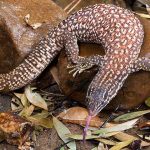Well-known as pet lizard, the Brown Anole is a reptile considered as a highly invasive species, with exceptionally high population densities. They are capable of expanding their range very quickly. They are known for their brightly colored dewlap.
| Kingdom |
Animalia |
| Phylum |
Chordata |
| Class |
Reptilia |
| Order |
Squamata |
| Family |
Dactyloidae |
| Genus |
Anolis |
| Species |
A. sagrei |
| Scientific Name |
Anolissagrei |
| Other Names |
Bahaman anole, De la Sagra’s Anole |
| Length |
17.8–20.3 cm (7.0–8.0 in) |
| Coloration |
Light to dark brown with bright orange and yellow dewlap in the male |
| Distribution |
Native to Cuba and the Bahamas |
| Habitat |
Relatively less arboreal, and are usually found on the ground or in low vegetation |
| Diet |
Small arthropods including ants, grasshoppers, cockroaches, crickets, moths, mealworms, waxworms and spiders; also consume other lizards like the green anole, lizard eggs, and their detached tails or own molted skin; near the water, they eat small fish and aquatic arthropods |
| Breeding Season |
March or April to August or September |
| Mode of Reproduction |
Oviparous (egg laying) |
| Conservation Status |
‘Secure’ (NatureServe) |
Brown Anole Pictures Gallery
-
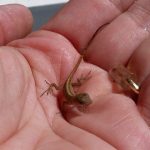
-
Baby Brown Anole
-
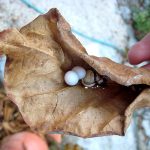
-
Brown Anole Eggs
-
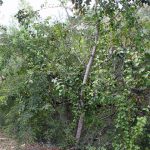
-
Brown Anole Habitat
-
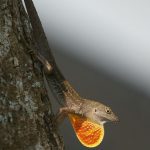
-
Brown Anole Images
-
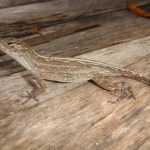
-
Brown Anole Lizard
-
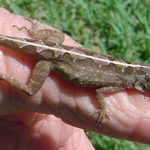
-
Brown Anole Lizard
-
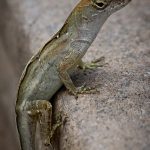
-
Brown Anole Pictures
-
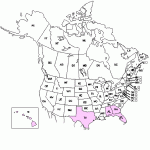
-
Brown Anole Range
-
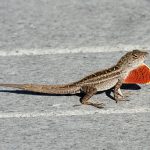
-
Brown Anole
-
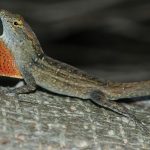
-
Brown Anoles
-
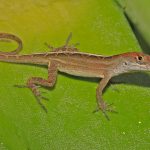
-
Female Brown Anole
-
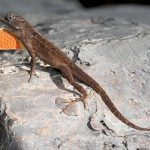
-
Anolis Sagrei
-
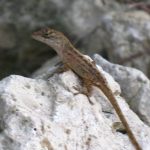
-
Bahaman Anole
-
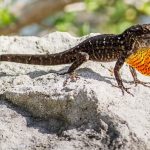
-
Brown Anole Photos
















